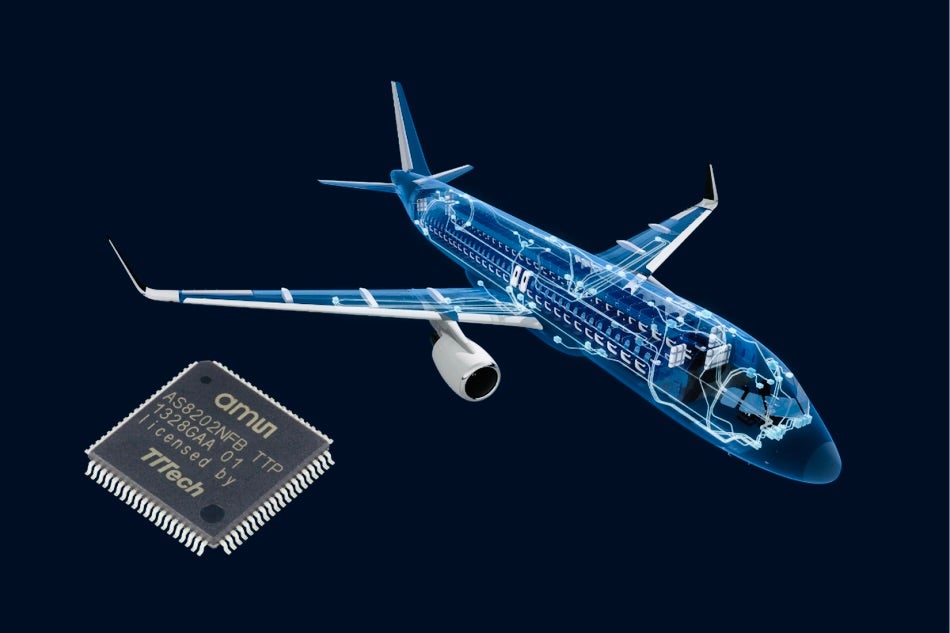Global Avionics Round-Up from Aircraft Value News (AVN)

In the high-stakes world of aviation, technological revolutions often come with fanfare. New aircraft models, touch-screen cockpits, and autonomous taxiing systems make headlines and capture public imagination.
Yet, a quieter transformation is unfolding deep within the avionics of commercial and business aircraft, one with profound implications for operators, lessors, and financiers alike. This revolution centers on next-generation data bus architectures, the invisible digital highways that allow every system on an aircraft to communicate seamlessly.
Traditionally, aircraft relied on serial data buses, like ARINC 429, to transmit information between critical systems such as flight controls, navigation, and engine monitoring. While reliable, these older architectures have inherent limitations in speed, redundancy, and bandwidth.
These legacy buses are reaching their limits, as aircraft systems become more interconnected, especially with the integration of real-time analytics, predictive maintenance tools, and increasingly sophisticated automation.
Enter the next generation: deterministic, high-bandwidth, modular avionics networks that can carry far more data with lower latency, higher reliability, and better fault tolerance.
Unlike cockpit touchscreen upgrades or passenger entertainment systems, these changes are invisible to most travelers. They don’t alter the look of the cabin or the pilot interface, but their impact on aircraft performance and operational economics is substantial.
Faster and more reliable system communication allows avionics to detect and respond to anomalies in real time, reducing the likelihood of delays or technical groundings. This reliability translates directly into higher dispatch rates and lower operational risk, which are key metrics for airlines and lessors when evaluating aircraft utilization and return on investment.
Predictive Maintenance and Operational Efficiency
One of the most tangible benefits of these advanced data buses is their role in predictive maintenance. Modern aircraft generate terabytes of operational data, from engine health to flight control performance.
Next-generation avionics architectures enable this data to be transmitted, processed, and acted upon much more efficiently. Real-time monitoring allows ground crews and flight operations teams to anticipate component failures before they occur, schedule maintenance more effectively, and minimize aircraft downtime.
For airlines, this means lower maintenance costs and fewer unscheduled service events. For lessors, it translates into aircraft that remain in peak condition longer, preserving value and reducing the likelihood of contentious return negotiations.
As predictive maintenance becomes standard, aircraft equipped with these systems are increasingly attractive to operators seeking reliability and efficiency. This shifts demand toward newer, technologically advanced aircraft, even if the airframe itself hasn’t changed.
Software Updates Without the Headache
Another often-overlooked advantage is the streamlined delivery of software updates. In modern aircraft, avionics software updates can be time-consuming, costly, and operationally disruptive.
Next-generation data bus architectures support modular, remote, and even incremental updates, reducing the need for aircraft to be grounded for software interventions. This capability not only cuts operational interruptions but also allows aircraft to stay compliant with evolving regulatory requirements and cybersecurity standards more seamlessly.
In a leasing context, the ability to apply updates quickly and efficiently preserves asset value. Aircraft with outdated software risk diminished market appeal, particularly as operators demand the latest safety and efficiency enhancements.
By contrast, planes with advanced data bus architectures maintain operational competitiveness, which translates into higher residual values and potentially more favorable lease rates.
Market Implications: Demand, Values, and Lease Rates
From a market perspective, the shift to next-generation avionics networks is influencing aircraft demand in subtle but meaningful ways. Operators are increasingly willing to pay a premium for aircraft that offer reduced downtime, predictive maintenance capabilities, and streamlined software management.
Even among mid-life aircraft, retrofitting advanced data bus systems, or ensuring compatibility with modular avionics upgrades, can make the difference between an aircraft being highly sought after or languishing on the lease market.
Residual values are also affected. Aircraft that integrate these invisible but crucial systems tend to depreciate more slowly, as they remain relevant and operationally efficient longer than their less technologically advanced peers.
In markets where lease rates are sensitive to aircraft reliability and uptime, these planes command higher daily lease rates. For lessors, investing in aircraft with advanced data bus architectures isn’t just a technical decision; it’s also a financial one, with direct implications for portfolio performance.
Moreover, as regulatory bodies and safety agencies increasingly emphasize system reliability, compliance, and cybersecurity, aircraft equipped with modern avionics networks may face fewer regulatory hurdles during inspections and certifications. This regulatory advantage further enhances market appeal, contributing to stronger demand and favorable leasing conditions.
The Hidden Driver of Fleet Modernization
While headlines often focus on fuel-efficient engines or new airframes, the adoption of advanced data bus architectures is arguably a hidden driver of fleet modernization.
Airlines may choose to retire older, less connected aircraft sooner than planned to maintain operational reliability, indirectly boosting the market for newer or retrofitted planes. This shift can accelerate turnover cycles, impacting both aircraft values and leasing dynamics.
For lessors and financiers, understanding this trend is crucial. Aircraft that are technologically “future-proofed” in terms of avionics connectivity, predictive maintenance, and update capability are positioned to outperform peers in both value retention and lease revenue generation. The impact may not be immediately visible on balance sheets, but over the life of an aircraft, it can be substantial.
The avionics revolution currently unfolding is subtle, invisible, and often overlooked, yet it carries outsized implications for the aviation industry. By transforming the way aircraft systems communicate, next-generation data bus architectures improve reliability, enable predictive maintenance, and streamline software management. These benefits enhance operational efficiency, reduce downtime, and ultimately preserve aircraft value.
For airlines, this translates into higher utilization and reduced operational risk. For lessors, it means stronger residual values and the ability to command more favorable lease rates. Even before passengers notice any change, these “silent signals” are reshaping aircraft demand, influencing investment decisions, and redefining what it means for a plane to be truly modern.
This article originally appeared in Aircraft Value News.
John Persinos is the editor-in-chief of Aircraft Value News.